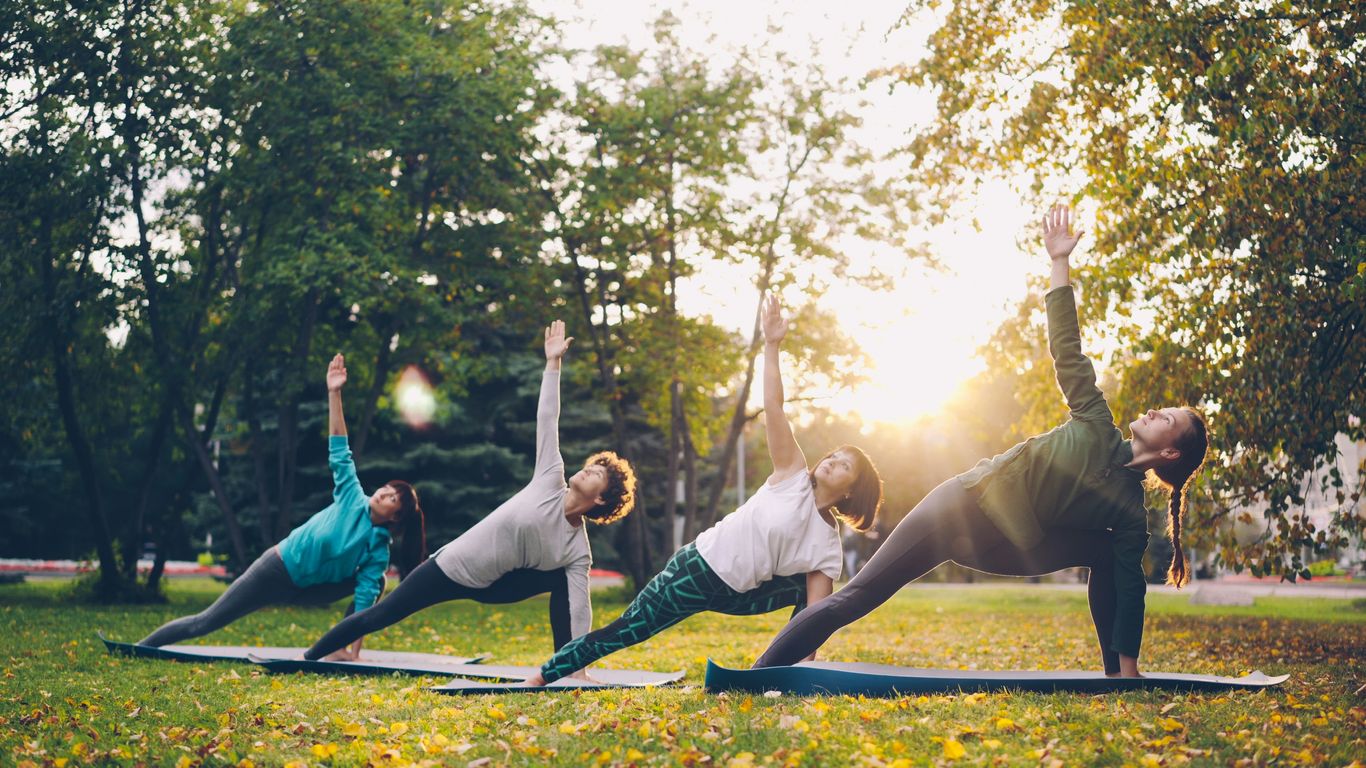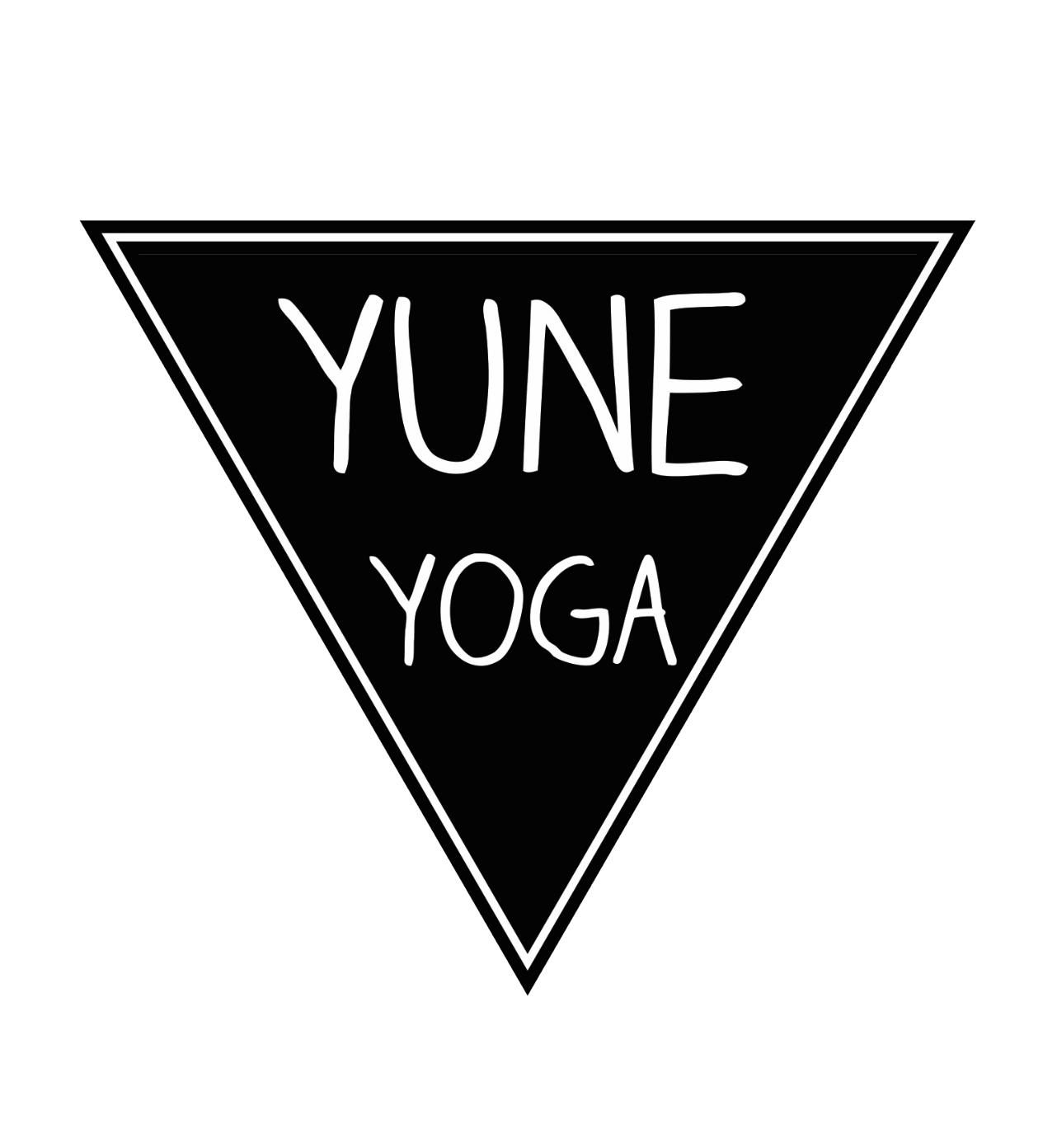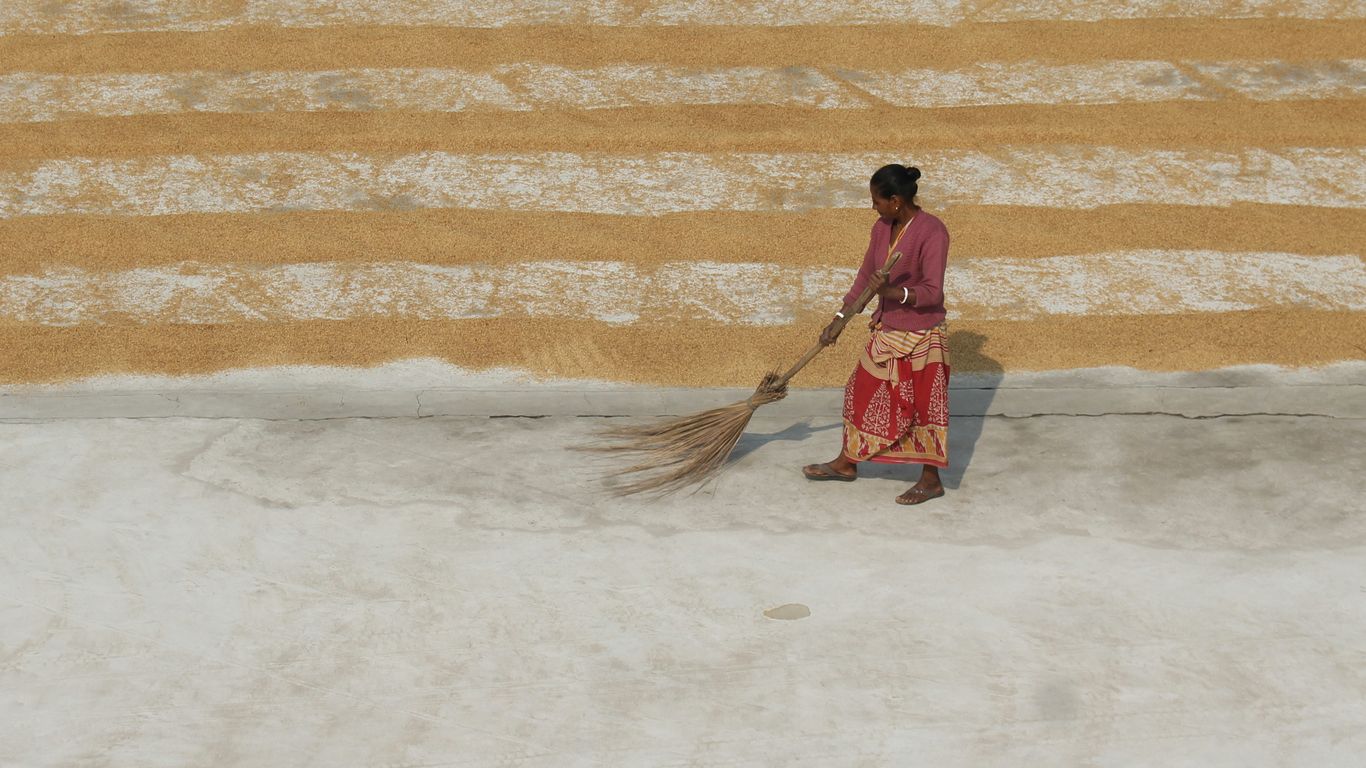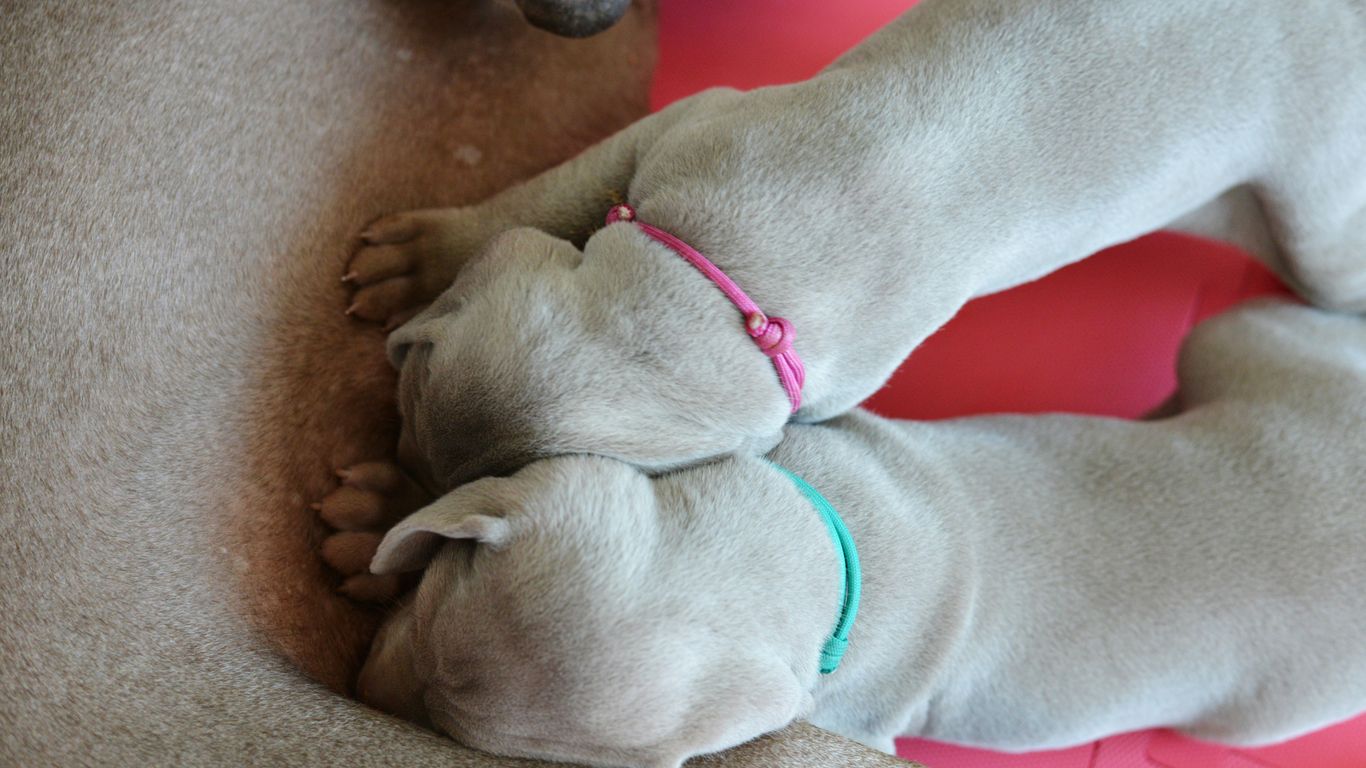
Your First Steps: Essential Beginners Yoga Courses to Start Your Practice
Thinking about trying yoga but not sure where to start? It's a common feeling, honestly. Lots of people want to get into yoga for its health perks, but the whole process of beginning can feel a bit overwhelming. Don't worry, though. This guide is here to break down how to start a yoga practice in a way that feels totally doable. We'll cover everything from getting your head in the right space to what you actually need and what to expect when you sign up for beginners yoga courses.
Key Takeaways
- Start with acceptance of your current body and situation, letting go of judgment. Beginners yoga courses are for everyone, no matter your starting point.
- Release unrealistic expectations and comparisons. Focus on your own progress and the experience of moving and breathing, not on achieving perfect poses seen online.
- Understand that yoga is about connecting breath, mind, and body, not just extreme flexibility. The core is inner calm and strength.
- Pay attention to your breath; it's the anchor of your practice and can help calm your mind and prepare your body.
- When looking for beginners yoga courses, search for classes labeled 'beginner' or 'introductory' and don't hesitate to let the instructor know you're new.
Embracing Your Yoga Journey: The Right Mindset
Starting yoga can feel like stepping into a whole new world, and honestly, it's totally normal to feel a bit unsure. Before you even think about touching your toes or mastering a fancy pose, let's talk about getting your head in the right place. This mental prep work is actually way more important than you might think.
Start With Acceptance
Think of yoga not just as a workout, but as a way of being. The word 'yoga' itself means 'union' in Sanskrit, and it's all about connecting different parts of yourself and your life. When you begin, try to just accept where you are right now. Your body, your current flexibility, your energy levels – whatever it is, just acknowledge it without judgment. This acceptance is the real first step, even before you unroll your mat. It’s about showing up for yourself, plain and simple.
Release Unrealistic Expectations
We've all seen those perfect yoga poses on social media, right? It's super easy to compare yourself and think, "Why can't I do that?" or "I should be more flexible by now." Let go of that. Everyone's yoga path is different, and it's not a competition. Instead of focusing on what you think you should be doing, try to focus on how the movement and breath feel in your body. Your journey is unique, and that's what makes it special.
Understand The Core Of Yoga
Many people believe yoga is all about extreme flexibility or bending yourself into pretzels. But honestly, it's much simpler than that. At its heart, yoga is about connecting with your breath, finding a bit of inner calm, and building strength through basic movements. It's not about looking a certain way or achieving a perfect physique. It's a process, a lifestyle that includes many different parts, and the physical practice is just one piece of the puzzle. The goal is to create a sense of freedom and well-being, both in your body and mind.
The most important thing is to just start. You might feel a little awkward at first, and that's totally okay – everyone does! Keep showing up, stay curious, and enjoy the process. You're on your way to feeling a little calmer, a little stronger, and a lot more connected to yourself.
Here's a quick look at what to focus on:
- Presence: Be here now, with your body and breath.
- Patience: Progress takes time; be kind to yourself.
- Curiosity: Approach your practice with an open mind.
- Non-judgment: Accept yourself as you are today.
Foundational Elements Of Beginners Yoga Courses

Starting yoga can feel a bit like learning a new language, but the core ideas are pretty straightforward. It's not really about nailing those super-difficult poses you see online right away. Instead, it's more about tuning into yourself and building a solid base for whatever comes next. Let's look at the main things you'll focus on.
Notice Your Breathing
Your breath is like the engine of your yoga practice. It's not just about getting air into your lungs; it's about paying attention to how your breath moves, its rhythm, and how deep it is. This simple act of noticing can really help quiet your mind and get your body ready for movement. Even if you can't do a fancy pose, focusing on your breath can make a big difference in how you feel, helping to ease stress and keep you present. It's a simple tool that's always with you.
- Become aware of your breath's natural rhythm.
- Notice how your breath changes with different movements.
- Use your breath to guide you into and out of poses.
Cultivate Stillness
In our super busy lives, just sitting still can be surprisingly tough. We're so used to constant activity and distractions, right? Yoga encourages you to resist the urge to check your phone or get lost in a million thoughts. Try practicing just being present, even when you're waiting in line for coffee. This ability to be still and observe what's going on inside you is a big part of yoga, and you can practice it anywhere, not just on your mat. It's about finding a little quiet space within yourself.
The goal isn't to empty your mind completely, which is nearly impossible. It's more about observing your thoughts without getting carried away by them, like watching clouds drift by.
Learn Basic Yoga Poses
Don't get hung up on trying to look like the people you see in magazines or on social media. Yoga is a personal journey, and everyone starts somewhere. Focus on poses that feel manageable for you right now. Simple poses are great for building strength, improving flexibility, and getting to know your body better. As you practice more, you'll naturally get better at understanding what your body needs and how to move it safely. Consistency is way more important than trying to do the most complex pose when you're just starting out. There are tons of resources out there to guide you through beginner-friendly sequences, which can help you build a practice at home.
Finding The Perfect Beginners Yoga Courses
Locating Beginner-Friendly Classes
So, you've decided to give yoga a shot, and that's awesome! The first hurdle is finding a class that won't leave you feeling completely lost or overwhelmed. Look for classes specifically marked as "beginner," "foundational," "introductory," or "level 1." These are designed with newcomers in mind. Don't be afraid to check out a studio's website; they usually have class descriptions that can give you a good idea of what to expect. If you're still unsure, a quick call or email to the studio can clear things up. Most places are happy to guide you to the right class.
Understanding Class Descriptions
Class descriptions can sometimes sound like a secret code, but they're actually pretty helpful. Terms like "gentle," "restorative," or "yin" often indicate a slower pace and a focus on relaxation and basic poses, which are great for starting out. "Vinyasa" or "flow" classes might be a bit more dynamic, linking movement with breath, so maybe save those for after you've got a few beginner classes under your belt. Pay attention to any mention of modifications or variations offered, as this shows the teacher is mindful of different levels.
Considering Online Options
If walking into a studio feels a bit intimidating right now, or if your schedule is packed, online yoga is a fantastic alternative. There are tons of free videos available on platforms like YouTube, and many studios now offer live-streamed or on-demand classes. This lets you practice in the comfort of your own home, on your own time. You can pause, rewind, and repeat poses as much as you need. It's a low-pressure way to get familiar with basic poses and sequences before heading to a physical class, if you choose to do so later.
When searching for online classes, look for instructors who clearly explain the poses and offer modifications. A good online teacher will guide you through the practice with clear verbal cues, much like they would in person, helping you feel connected and supported even through a screen.
Preparing For Your First Yoga Experience
Getting ready for your first yoga class doesn't need to be complicated. You don't need a whole lot of fancy gear to start. The most important thing is showing up for yourself. Still, having a few things can make your experience much more comfortable and enjoyable.
Comfortable And Functional Attire
When it comes to clothing, comfort is key. You want to wear something that allows you to move freely without restriction. Think stretchy fabrics that wick away moisture. Avoid anything too baggy that might get in the way during poses, or too tight that it digs in.
- Tops: Fitted t-shirts, tank tops, or sports bras work well. Make sure they stay put when you move.
- Bottoms: Leggings, yoga pants, or comfortable shorts are good choices. Look for breathable materials.
- Layers: A light sweater or jacket can be useful for warming up or cooling down, especially if you practice in a cooler environment.
Essential Yoga Equipment
While you can technically do yoga in socks on carpet, a few items can really support your practice. A good mat provides cushioning for your joints and grip to prevent slipping. You can find a variety of mats designed for different needs, offering just the right amount of support for your first steps on the mat.
- Yoga Mat: This is probably the most important piece of equipment. A good mat provides cushioning for your joints and grip to prevent slipping.
- Water Bottle: Staying hydrated is important, especially during more active practices. Keep a water bottle handy.
- Towel: A small towel can be useful for wiping sweat, especially in warmer classes or during more vigorous sessions.
What To Expect In Class
Walking into your first yoga class can feel a bit daunting, but most studios are really welcoming to newcomers. Typically, a beginner class will start with a brief centering period, maybe some gentle movements to warm up your body, and then move into basic poses. You'll likely hear cues about your breath and how to position your body. Don't worry if you can't do every pose perfectly; the focus is on learning and moving with your breath. Most classes end with a period of rest, often called Savasana or Corpse Pose, which is a chance to just lie down and absorb the practice. It's a good idea to arrive a little early to find a spot, lay out your mat, and let the instructor know you're new. They can offer modifications if needed.
It's totally normal for your first yoga experience to feel a little awkward or challenging. You might notice muscles you didn't know you had working, and some poses might feel easier than others. The key is to listen to your body and not push yourself too hard. You're aiming to feel a gentle stretch or a sense of effort, but never sharp pain. It's about exploring your body's capabilities in the moment, not forcing it into shapes it's not ready for. Over time, you'll likely feel a sense of calm, a bit more space in your body, and maybe even a little tired but good. It's a process, and each practice is a step forward.
Key Poses For Beginners Yoga Courses
Once you're feeling a bit more settled with the idea of yoga and maybe have a handle on your breath, it's time to look at some actual poses. Don't get intimidated by what you see online or in magazines; yoga is for every body, and the beginner poses are designed to be accessible. The goal here isn't to twist yourself into a pretzel, but to start building awareness and a connection with your body.
Mountain Pose For Grounding
Mountain Pose, or Tadasana, might seem like you're just standing there, but it's actually a really active pose. It's all about finding your center and establishing good posture. Think of it as the foundation for many other standing poses. You want to feel grounded, with your feet firmly planted, and your body aligned from head to toe. It helps you notice how you hold yourself and can be a great way to check in with your body before moving into more complex sequences. This pose teaches you the power of stillness and proper alignment.
- Stand with your feet together or hip-width apart.
- Engage your leg muscles and lengthen your spine.
- Let your arms rest by your sides, palms facing forward.
- Breathe deeply and feel your connection to the earth.
Downward-Facing Dog For Full Body Stretch
Downward-Facing Dog, or Adho Mukha Svanasana, is a pose that gets a lot of attention, and for good reason. It's a fantastic way to stretch your entire body, from your heels to your fingertips. It can feel a bit challenging at first, especially if you're new to it, but there are ways to make it work for you. Bending your knees is perfectly fine, and focusing on lengthening your spine is more important than trying to get your heels to the floor. This pose is great for building strength in your arms and legs while also releasing tension in your back. You can find some great beginner sequences that include this pose on yoga resources.
Child's Pose As A Resting Pose
Child's Pose, or Balasana, is your best friend when you need a break. It's a gentle, restorative pose that allows you to rest and reconnect with your breath. You can come into Child's Pose anytime during a class if you feel overwhelmed or just need a moment to pause. It's a safe space to just be. Kneeling on the floor, you fold your torso forward, resting your forehead on the mat and extending your arms forward or bringing them back alongside your body. It's a simple yet profound way to find comfort and calm.
Remember, the journey of yoga is personal. Don't compare your practice to anyone else's. Focus on how the poses feel in your body and the sensations you experience. Every practice is a step forward, no matter how small it may seem.
Making The Most Of Beginners Yoga Courses

Arrive Early And Introduce Yourself
Showing up a little before class starts is a good idea, especially when you're new. It gives you time to find a spot, get your bearings, and maybe even chat with the instructor. Letting your teacher know you're a beginner is super helpful. They can then keep an eye on you, offer modifications if a pose feels too tricky, and generally make sure you're comfortable and safe. It's like giving them a heads-up so they can be your guide.
Listen To Your Body
This is probably the most important thing you'll learn in yoga. Your body will tell you what it can do and what it can't on any given day. Some days you might feel strong and flexible, other days a bit stiff. That's totally normal. Don't push yourself into poses that cause sharp pain. Yoga isn't about forcing anything; it's about working with what you have right now. Think of it as a conversation with yourself, not a competition.
Focus On The Journey, Not Perfection
It's easy to look around and compare yourself to others, or to get frustrated if you can't do a pose perfectly. But yoga is a practice, meaning it's something you work on over time. The goal isn't to be the most flexible person in the room or to nail every pose on the first try. It's about showing up, breathing, moving, and noticing how you feel. Celebrate the small wins, like holding a pose a little longer or feeling more centered after class. The real benefits come from the consistent effort and the self-awareness you build along the way.
Here's a quick rundown of what to keep in mind:
- Breathe: Always bring your attention back to your breath. It's your anchor.
- Modify: If a pose doesn't feel right, ask for or try a simpler version.
- Rest: Child's Pose is your friend! Use it whenever you need a break.
- Be Kind: To yourself and your body. You're doing great just by being there.
Remember, every single person in that class, no matter how experienced they look, started exactly where you are now. They were beginners too, figuring things out one breath at a time. Your journey is unique and valuable.
Your Yoga Journey Starts Now
So, you've taken the first steps into the world of yoga. Remember, it's not about being perfect or doing fancy poses right away. It's about showing up for yourself, paying attention to your breath, and being kind to your body. Whether you're practicing at home with a video or in a studio class, the most important thing is to just start. You might feel a little awkward at first, and that's totally okay – everyone does! Keep showing up, stay curious, and enjoy the process. You're on your way to feeling a little calmer, a little stronger, and a lot more connected to yourself.
Frequently Asked Questions
What's the most important thing to remember when starting yoga?
The most important thing is to be kind to yourself and start with acceptance. Don't worry about being perfect or comparing yourself to others. Just show up, pay attention to your breath, and enjoy the process of learning.
Do I need to be flexible to start yoga?
Not at all! Yoga is for everyone, no matter your flexibility level. The goal is to improve over time, not to start out as a pretzel. Focus on how the poses feel in your body and celebrate small improvements.
What kind of clothes should I wear for yoga?
Wear comfortable clothes that let you move freely. Think stretchy pants or shorts and a top that stays in place. You want to be able to bend and stretch without anything feeling too tight or too loose.
What are some basic yoga poses I should know?
Great beginner poses include Mountain Pose (Tadasana) for standing tall, Downward-Facing Dog (Adho Mukha Svanasana) for a full body stretch, and Child's Pose (Balasana) as a relaxing resting pose. These are good starting points to build strength and awareness.
Should I arrive early for my first yoga class?
Yes, arriving a little early is a good idea. It gives you time to find a spot, set up your mat, and introduce yourself to the instructor. Letting them know you're new helps them offer guidance and modifications if you need them.
What if I can't do a pose exactly like the instructor?
That's completely normal! Yoga is about listening to your body. If a pose doesn't feel right or you can't do it perfectly, that's okay. The instructor can offer easier versions or modifications. The focus is on your effort and your journey, not on achieving a perfect look.


